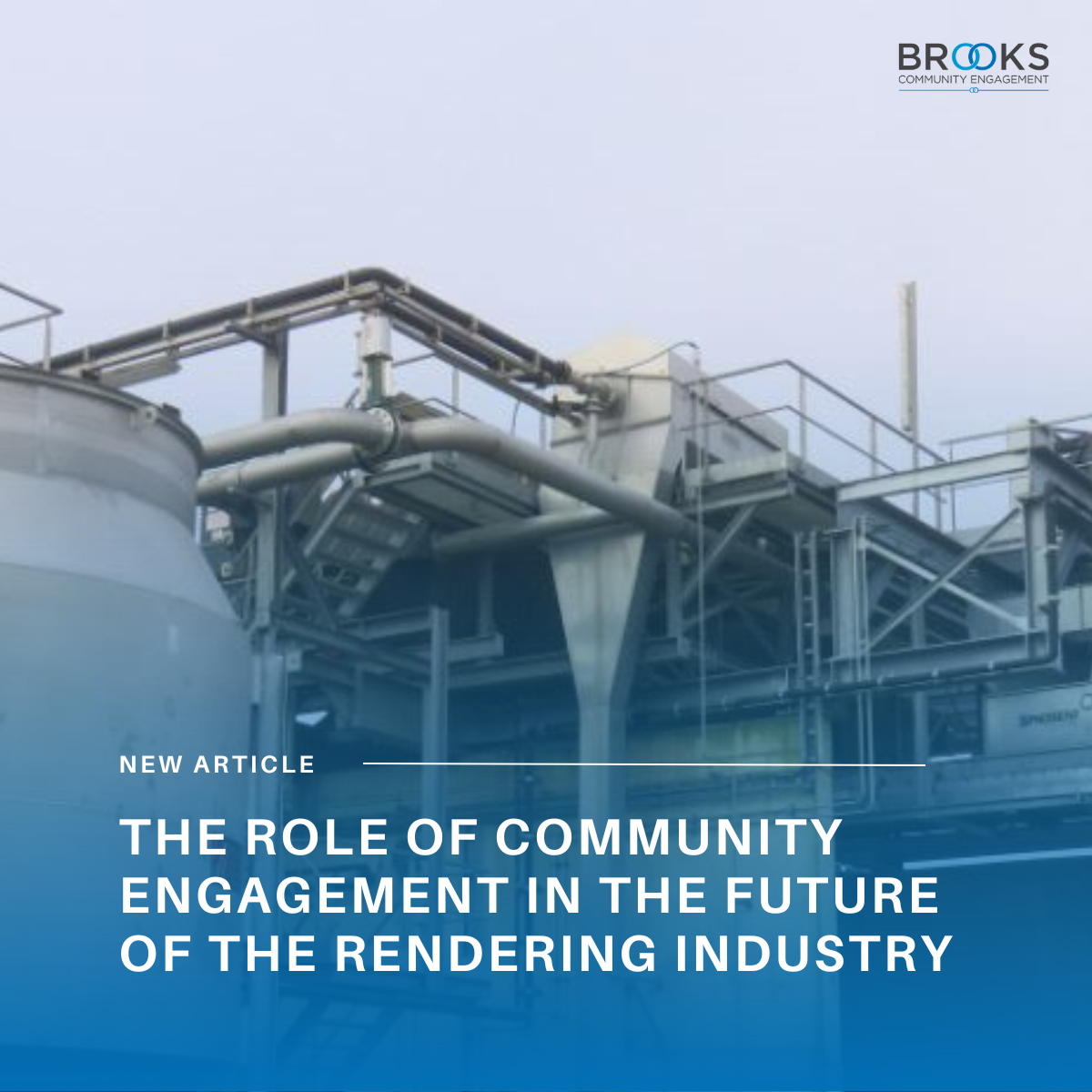The Role of Community Engagement in the Future of the Rendering Industry: How it Drives Sustainability and Success
The rendering industry, though essential in promoting sustainability through recycling animal by-products, faces numerous challenges. These include environmental concerns, negative public perception, regulatory pressures, and urban encroachment. One powerful way to overcome these hurdles and build long-term industry resilience is through community engagement.
In this post, we will explore the role of community engagement in shaping the future of the rendering industry and why prioritising it can lead to better environmental outcomes, regulatory compliance, and improved public perception.
The Role of Community Engagement in the Rendering Industry
Community engagement is vital for the rendering industry for several reasons:
- Building Trust: Transparency in operations helps dispel common misconceptions about the industry, building trust and fostering a positive reputation.
- Mitigating Environmental Concerns: Engaging with the community can help address concerns related to odour pollution, waste management, and other environmental issues.
- Navigating Regulatory Pressures: As regulations become more stringent, community partnerships can aid in smoother regulatory compliance.
- Handling Urban Encroachment: Collaborating with new residential communities near rendering plants can help resolve complaints and improve relationships.
Challenges within the Rendering Industry
The rendering industry faces significant challenges that highlight the need for effective community engagement. Some of these challenges include: environmental concerns, public perception, regulatory pressures and increasing urban encroachment.
The rendering industry has long been associated with environmental challenges, particularly in managing odour and waste. If mishandled, these by-products can lead to pollution, affecting the health and well-being of surrounding communities. Proactive community engagement ensures that rendering plants can educate the public about their operations, reassure them of their commitment to sustainable practices, and work collaboratively to address any environmental concerns.
The industry often struggles with public misconceptions. Many individuals confuse rendering plants with less desirable industries like meat processing, leading to negative stereotypes. By engaging the public through education and transparent communication, rendering companies can clarify their important role in recycling animal by-products, contributing to a circular economy, and supporting sustainability.
Governments are increasingly tightening environmental regulations, and non-compliance can have significant financial consequences. Engaging with local communities can provide valuable insights into the regulatory landscape, while also creating partnerships that make compliance easier and more effective.
As urban developments expand, rendering facilities are finding themselves closer to residential areas. This proximity often leads to complaints about odours and other inconveniences, putting increased scrutiny on the industry. Engaging early and often with nearby communities can mitigate these challenges by fostering understanding, cooperation, and mutual benefits.
Benefits of Effective Engagement
Community engagement provides an effective solution to managing and mitigating the challenges listed previously. Some of the benefits of effective engagement include the following: improved public perception, enhanced regulatory compliance and sustainable practices.
When done well, community engagement offers significant benefits to the rendering industry.
By actively engaging with the community, rendering companies can reshape public perceptions. Providing accurate information about their environmentally responsible operations demystifies the industry, showing it as a crucial part of sustainable waste management.
Engagement with local communities can ease the regulatory compliance process. Residents often have valuable connections with local authorities and can help rendering companies better navigate local regulations. This cooperation fosters a more collaborative relationship with regulators, which can further reduce compliance burdens.
Involving the community in sustainability initiatives ensures that the practices rendering companies adopt are not only environmentally responsible but also socially and economically viable. When the community is invested in these efforts, the industry can secure broader support for its operations, helping it thrive in the long term.
The rendering industry faces several challenges, including environmental issues, negative public perceptions, increased regulatory scrutiny, and urban encroachment. However, by actively engaging with local communities, the industry can turn these challenges into opportunities for growth and sustainability.
Effective community engagement fosters trust, ensures regulatory compliance, and supports sustainable practices, which are critical for the long-term success of the rendering industry. Rendering companies that prioritise and invest in these relationships will not only improve their reputation but also secure a more stable and prosperous future.
If you want to learn more about how to develop tailored community engagement strategies for your rendering operations, BROOKS Community Engagement can help. Reach out today to start building stronger, more resilient connections with your community.

